Denisse Ariana Pérez is a Caribbean-born, Barcelona-based copywriter and photographer. Her work focuses on people, nature, gender, culture, and words and how they all interact with one another. Her first monograph, Agua, has been published by Guest Editions and Open Doors Gallery is delighted to be exhibiting prints from this incredible body of work at Photo London in September. You can find out more about Agua on her page.
So we asked Denisse a few questions to find out a little more about her practise and to take us behind the scenes of this ambitious and breathtaking debut series.

Tom: Language and people are very important to you. Would you say it’s the unifying qualities of water that drew you to it as a subject?
Denisse Ariana Pérez: I hadn’t thought about it like this if I am honest. The unifying quality of water, I think water can invite for contemplation and reflection, but also for silence, which means a lack of words and thoughts and therefore of language.
I wanted this book to be as contemplative as the experience of being in the presence of water, which is why I didn’t want to include too many words in its. I wanted the images to speak for themselves, to flow one after the other, to make the viewer wonder through them just as they wonder when they sit and stare at the ocean or a lake in silence.
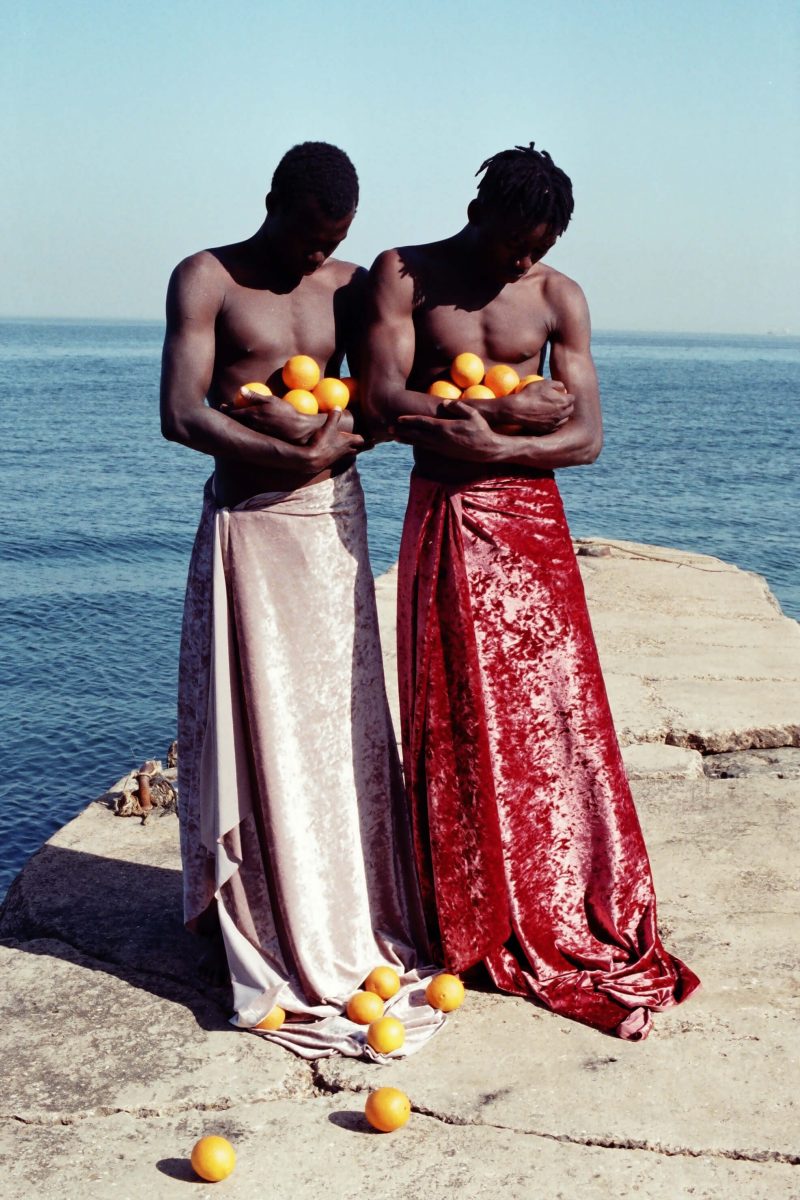
For this series you travelled all across Africa and parts of Europe, I wondered what attracted you to those locations?
The photos featured in the book were mostly taken in Uganda, Senegal and Denmark. The Lake Victoria region in East Africa is one of my absolute favourite water landscapes in the world. It is so unique, as if the tropical forest met the sea in a giant lake form. I also knew I wanted contrast, different intensities of water, different hues, different currents. Water is versatile and diverse and I wanted to illustrate that hence why I chose diverse subjects and landscapes. I headed to Western Africa to look for that contrast, to look for the ocean and for pink lakes, for different skin tones and features and for bolder colors. Initially, I wanted to finish the project in South East Asia, but the pandemic made it impossible to do so which is when I decided to create within my immediate environment, which was Denmark.
Denmark has beautiful water landscapes and it felt like a blessing in disguise in the end to be “stuck” there because it added this wonderful contrast to the whole series, this feeling coursing from south to north, from warm to colder hues.
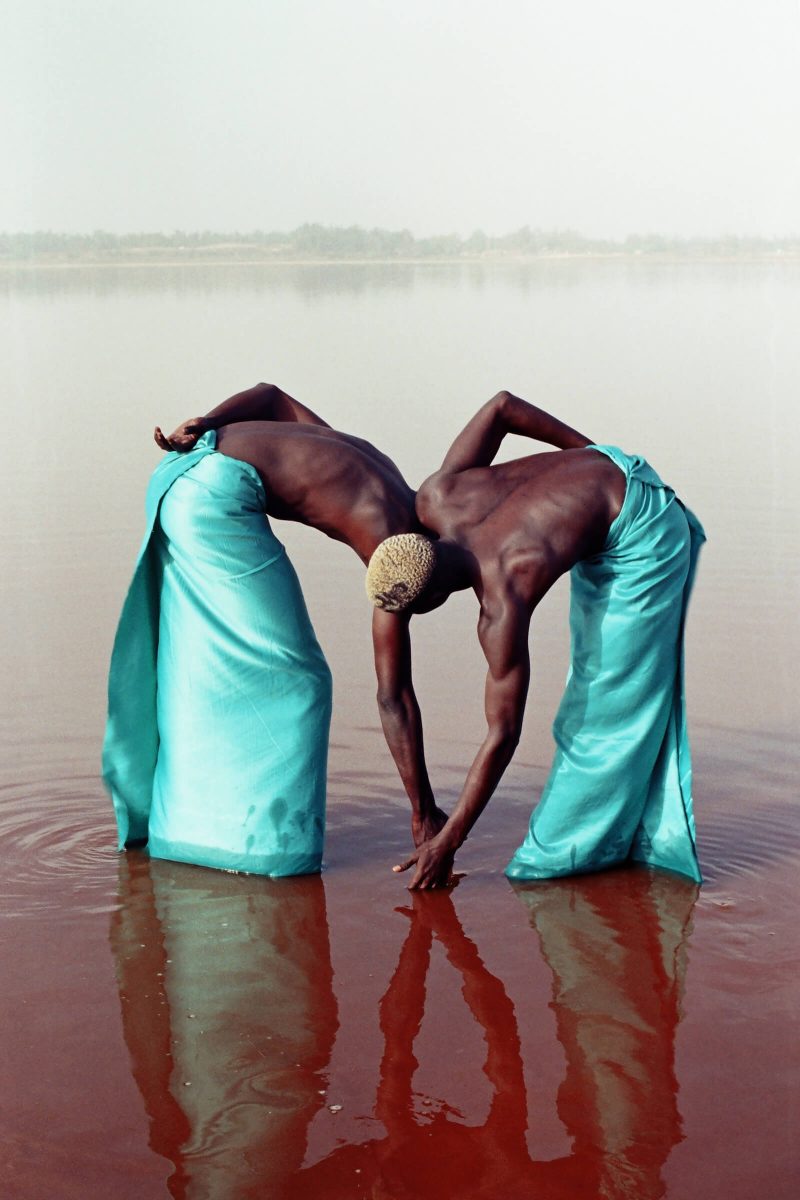
As a copywriter, the relationship between words and your images is very important to you. Can you elaborate on this for us a little?
Words are very important to me, I love them dearly. However, one of the most powerful things for me is recognising the limits of words, how finite and reductive they can be, how they can feel so small in the presence of grand, ineffable feelings or events. I think this is when images can become very powerful, when used with enough subtlety they can be less imposing, less finite than words, more free to interpret. I like to recognise the power and the limit of both mediums and allow them to complement one another.
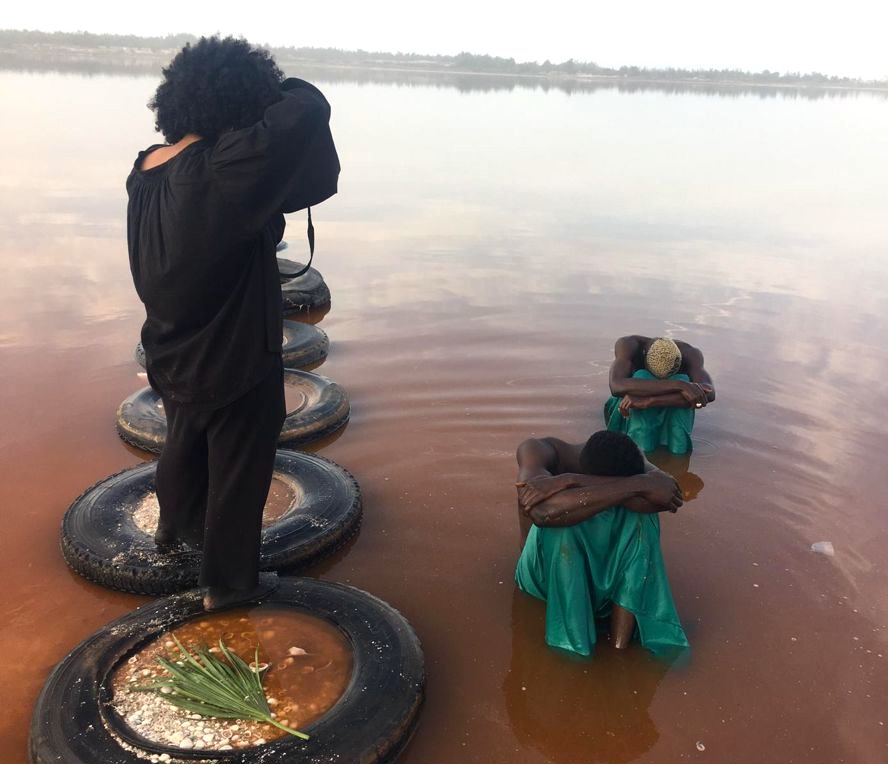
You seem to have such a strong connection with your subjects, how important is that to you? and how do you develop that whilst shooting?
I don’t think I could take the images I do if I didn’t establish that connection with my subjects. Even if there is a language barrier between a subject and I, which also further proves the limitations of language, there is this silent agreement and trust we have built most of the time. A lot of times my shoots become a mixture between a meditation class, a therapy session and a dance session, where I end up breathing along my subjects and not only directing them, this also allows me to connect more with them and for them to connect with each other since I tend to photograph more than one person at a time. I love to create spaces of intimacy and connection among people who already have an existing bond or are building a new bond.
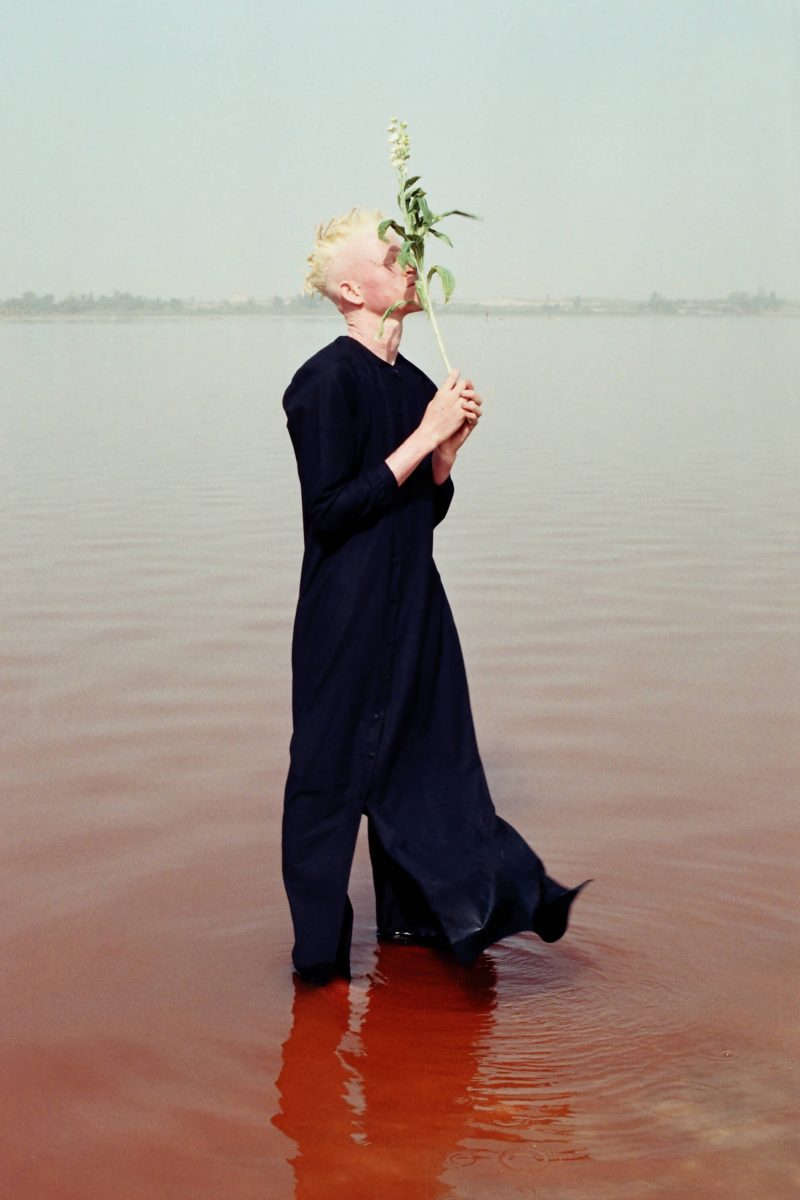
How do you choose your models and locations? Is it instinctual and exploratory or pre planned?
Choosing my models happens in different ways. Sometimes I spot them organically on the street. Others, I collaborate with an organization working on the ground like an NGO, like in the case of my project done with albinos or LGBTQI+ people in East Africa, and through these organisations I was able to scout for characters who spoke to me within their communities.
In depends on the project, but mostly it involves some pre-planning in terms of location and subjects, but it becomes very intuitive once at the location since I like to allow the environment to speak to me and lead me as well.
As I said, I like to create spaces which are very intimate so I like to keep my shoots as small as possible in terms of people involved. Sometimes I would have a local person helping me with guidance and translation if necessary, and sometimes someone assisting me if it is a bigger project, but ideally I like to work solo. I travel mostly by myself, and do a lot of the scouting, producing and styling on my own as well.
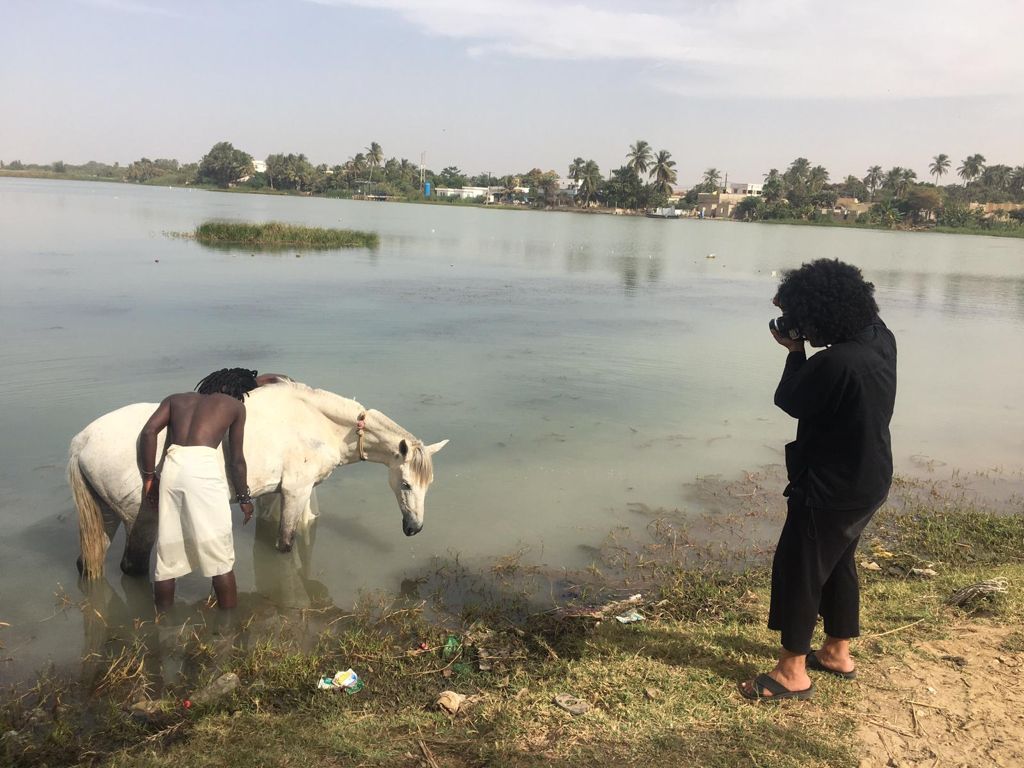
What appeals to you about working in film and how does film influence how you work do you think?
I changed to analogue photography about 2 1/2 years ago. This switch made me think differently, compose differently, behave differently when it came to photographing. It made me more disciplined, more intentional, more focused in the process of photographing rather than the final image. It also made me detach myself more from “perfect images.” It is only in these last years when I can honestly say that I have found my true artistic voice and a lot of that has to do with that switch as well as my own personal and spiritual growth.
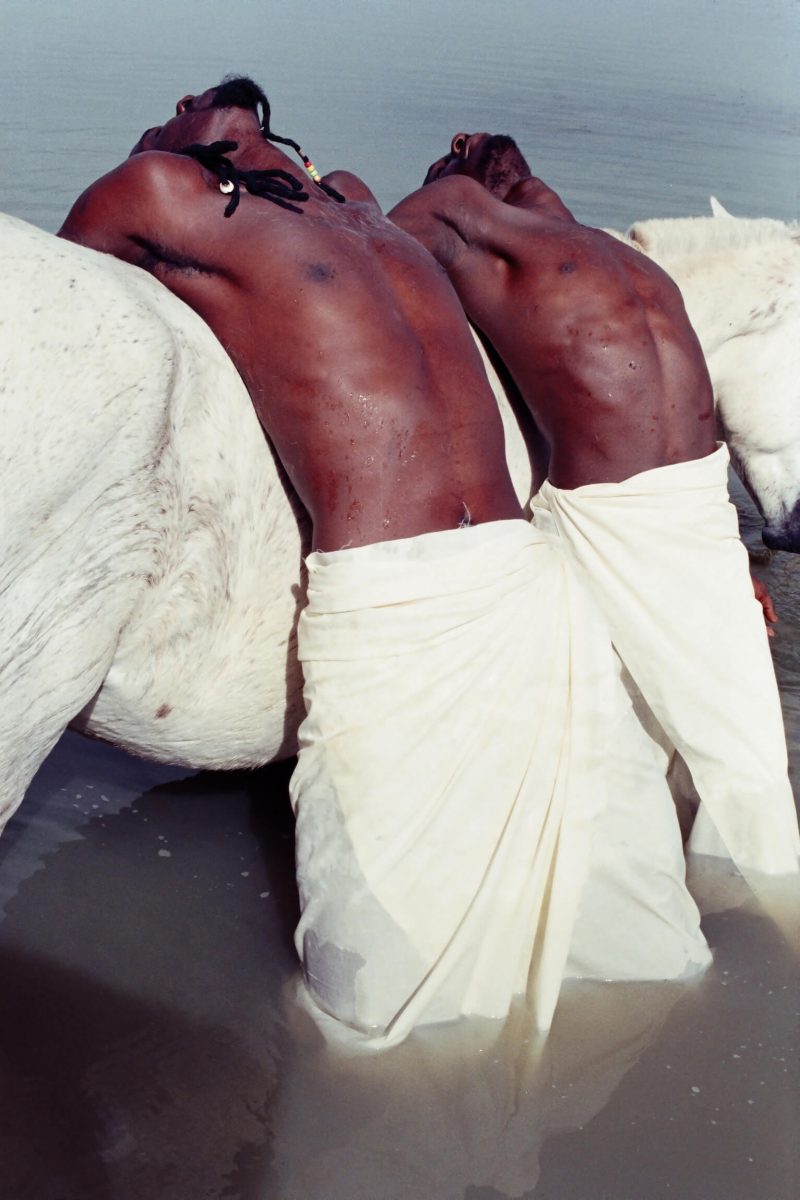
OK, here is an unlimited budget for your first museum show. Where is it and how do you envisage Agua being displayed and experienced?
That is one big dreamy question. I haven’t thought too much about it to be honest, but now that you have induced me into this oneiric state, I would like to see Agua being displayed in unexpected spaces, outside big museums, maybe by empty boardwalks and seasides, where not that many people stop to contemplate the seaside anymore, or in urban spaces with little presence of nature or trees, where a sound installation of the water could be played along with the images so bring the meditative aspect of water and nature back into the urban space. I would also like to do this in areas where there is a diverse socioeconomic demographic and in different countries, not just metropolitan cities.
I know Agua has barely been released, but do you have one eye on the next project? How do you see your work developing?
I’m letting Agua take its own life. It feels like I gave birth to it and now it is time to let it walk its own path and see where it goes from the sidelines. I’m already working on a couple of new projects, but they are still in a very conceptual stage so I cannot say too much about them yet.
I see my work becoming more raw yet also more experimental, maybe more vocal even.
All enquiries:
tom@opendoors.gallery
+44 (0)7769922824
Photo London
9-12 September
Somerset House, London
